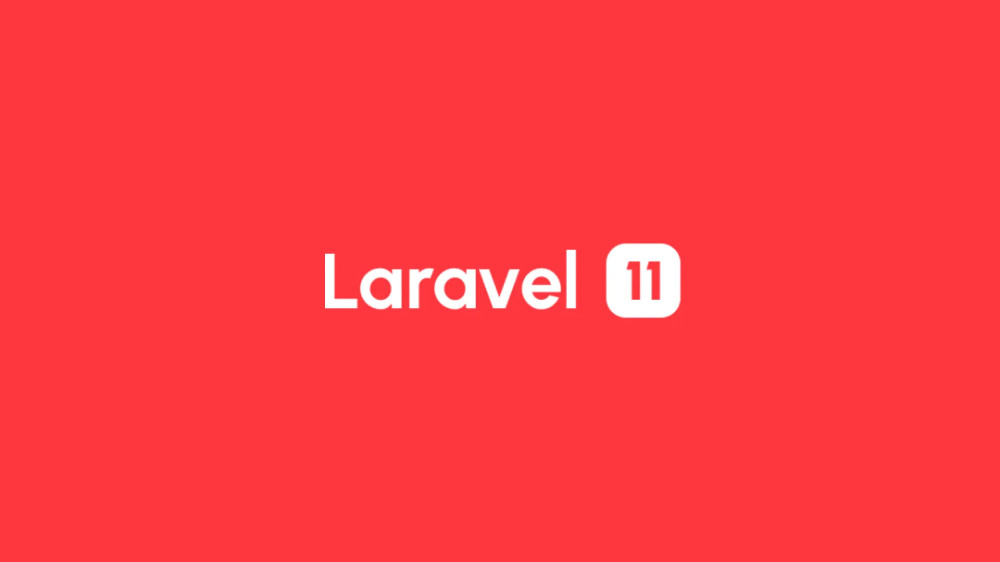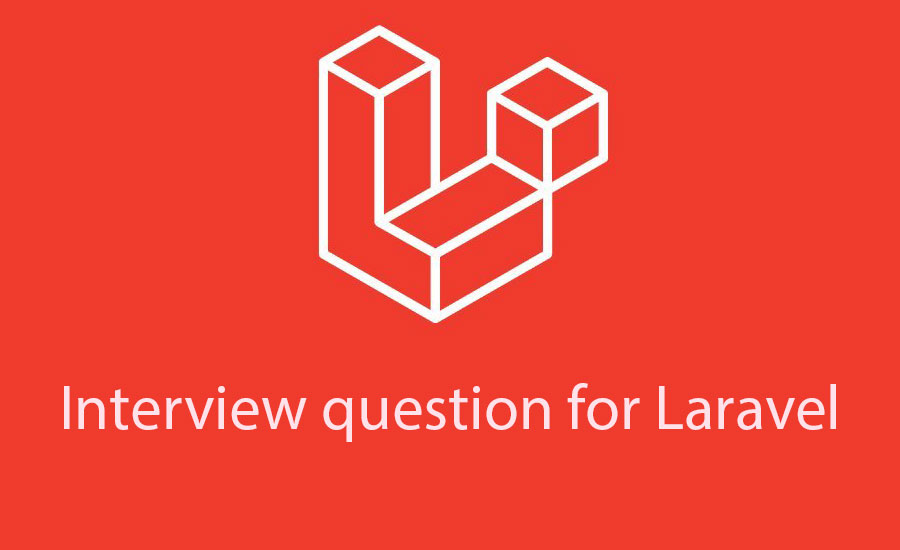
The most common interview questions for Laravel in the year.
If you are preparing for an interview question for Laravel related position, understanding common interview questions is crucial. This will help you feel confident and better prepared for the interview, increasing your chances of success.
In this article, we will discuss some of the most common Laravel interview questions. We will cover questions on basic topics such as Laravel syntax and core features, as well as more advanced topics like Laravel queues and contracts. We will also provide tips for answering interview questions and resources to help you prepare for your interview.
Whether you are just starting out with Laravel or have experience, we are sure you will find this post helpful. So, keep reading to learn about the most common Laravel interview questions and how to answer them!
How long have you been working with Laravel?
I have been working with Laravel for about two years.
What is Laravel, and why is it widely used in web development?
Laravel is a powerful PHP web development framework designed to optimize rapid and flexible web development. It is widely used because it provides simple syntax, powerful features like Eloquent ORM, Blade template engine, and other features that make application development easy and fast.
Can you describe the prominent features of Laravel?
Prominent features of Laravel include powerful routing, flexible ORM, Blade template engine, Eloquent, Middleware, Authentication, and other features such as Artisan, Queues, Events, and Notifications.
What is Middleware in Laravel, and how have you used it in your project?
Middleware is a middle layer between HTTP requests and your application, allowing you to handle requests before they are passed to routes or controllers. In my project, I have used middleware for authentication checks, access control checks, and adding custom headers.
Why is Laravel considered a powerful PHP development framework?
Laravel is considered powerful because it provides a range of features and tools to accelerate the development process, from tools like Artisan to features like Eloquent ORM and the Blade templating engine.
Can you explain Dependency Injection in Laravel?
Dependency Injection is a technique in Laravel that allows you to pass dependencies into a class through constructor or setter methods, increasing code reuse and flexibility.
What is Laravel Blade, and why is it useful?
Laravel Blade is a powerful template engine built into Laravel, allowing you to write PHP code in view files in a simple and efficient way, increasing code flexibility and reuse.
Have you used Eloquent ORM in Laravel? If yes, can you describe your experience?
Yes, I have used Eloquent ORM in Laravel to interact with the database. It provides a convenient and powerful way to perform CRUD operations and data relationships, reducing code and increasing development efficiency.
Have you used Laravel Forge or Laravel Envoyer? If yes, what was your experience?
I have used Laravel Forge to manage servers and deploy Laravel applications. It provides a simple and user-friendly interface for deploying and managing Laravel applications efficiently.
Have you worked with Laravel Queues? If yes, can you describe how they work?
Yes, I have worked with Laravel Queues to handle background tasks such as sending emails, processing images, and other tasks without affecting the performance of the application. Queues allow you to push these tasks into a queue and process them after the original requests have been handled.
Why does Laravel support RESTful Routing, and can you provide an example?
Laravel supports RESTful Routing to manage application routes more easily, allowing you to create API endpoints according to standard HTTP methods such as GET, POST, PUT, DELETE. For example, Route::get('/users', 'UserController@index') will create a GET endpoint to retrieve a list of users.
Have you used Laravel Mix to manage assets? If so, could you describe your experience?
Yes, I have used Laravel Mix to manage and compile assets such as CSS, JavaScript in my Laravel projects. Laravel Mix provides an easy way to integrate tools like Webpack for asset compilation and optimization, helping me save time and effort in managing source code.
How are Middleware and Middleware Group different in Laravel?
Middleware are intermediate layers between HTTP requests and your application, while Middleware Group is a collection of middleware grouped together to apply to specific route groups. The main difference is that Middleware Group allows you to attach multiple middleware to a route group and apply them to multiple routes at once.
Can you explain how to use Laravel Passport for API authentication?
Laravel Passport is a package that allows you to add OAuth2 authentication to your Laravel application. By using Passport, you can create authentication tokens to allow users to access your API through methods such as Password Grant, Authorization Code Grant.
Why do you think Laravel is considered a good web development framework for building interactive applications?
Laravel is considered a good web development framework for interactive applications because it provides powerful features such as Queues, Events, Notifications to handle complex tasks and enhance user experience.
Have you worked with Laravel Horizon? If yes, could you describe its features and advantages?
I have worked with Laravel Horizon in some projects. Laravel Horizon is a user interface provided by Laravel to monitor and manage queues in the application. It provides features such as viewing running jobs, queue statistics, managing workers, as well as providing notifications and alerts for important events in the queue system. The advantage of Laravel Horizon is that it makes it easy to manage and monitor queues, thereby increasing the performance and stability of the system.
Can you explain Laravel Events and Listeners?
In Laravel, Events and Listeners are part of the event system that allows you to implement listening and responding mechanisms when an event occurs in the application. Events are specific events that the application can trigger, while Listeners are classes assigned to handle those events. When an event is triggered, the corresponding Listeners are called and handle the event.
Have you used Laravel Collections? If yes, can you provide an example of how they work?
Yes, I have used Laravel Collections in many cases. Laravel Collections are a powerful data structure that allows you to manipulate and access data easily. For example, when you have a Collection containing a list of user objects, you can use methods like filter(), map(), sortBy() to manipulate and sort data flexibly.
What is Laravel Dusk, and have you used it in any case?
Laravel Dusk is a browser automation testing tool for Laravel, allowing you to automate tests for your web application through real web browsers. I have used Laravel Dusk to write end-to-end tests for user interface features of the application, ensuring that the features work as expected.
Have you worked with Laravel Vapor? If yes, could you share your experience?
I have experience working with Laravel Vapor in some projects. Laravel Vapor is a cloud infrastructure service optimized for Laravel, making it easy to deploy and manage Laravel applications on AWS. Vapor provides a simple user interface and integrates well with AWS services, helping me save time and effort in managing the cloud infrastructure of the application.
In summary, when preparing for a Laravel interview, take the time to delve into the core concepts of the framework, including MVC architecture, Eloquent ORM, and routing. Focus on understanding the key features and benefits of Laravel, such as integrated security, code maintainability, and large community support. By enhancing your knowledge and practical skills, you can be more confident in answering interview questions and demonstrate that you are a suitable candidate for the position.
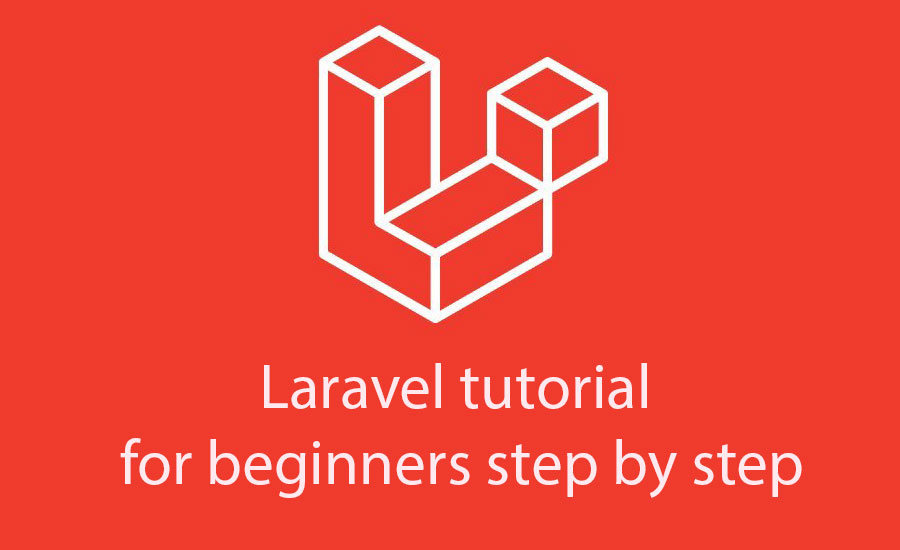
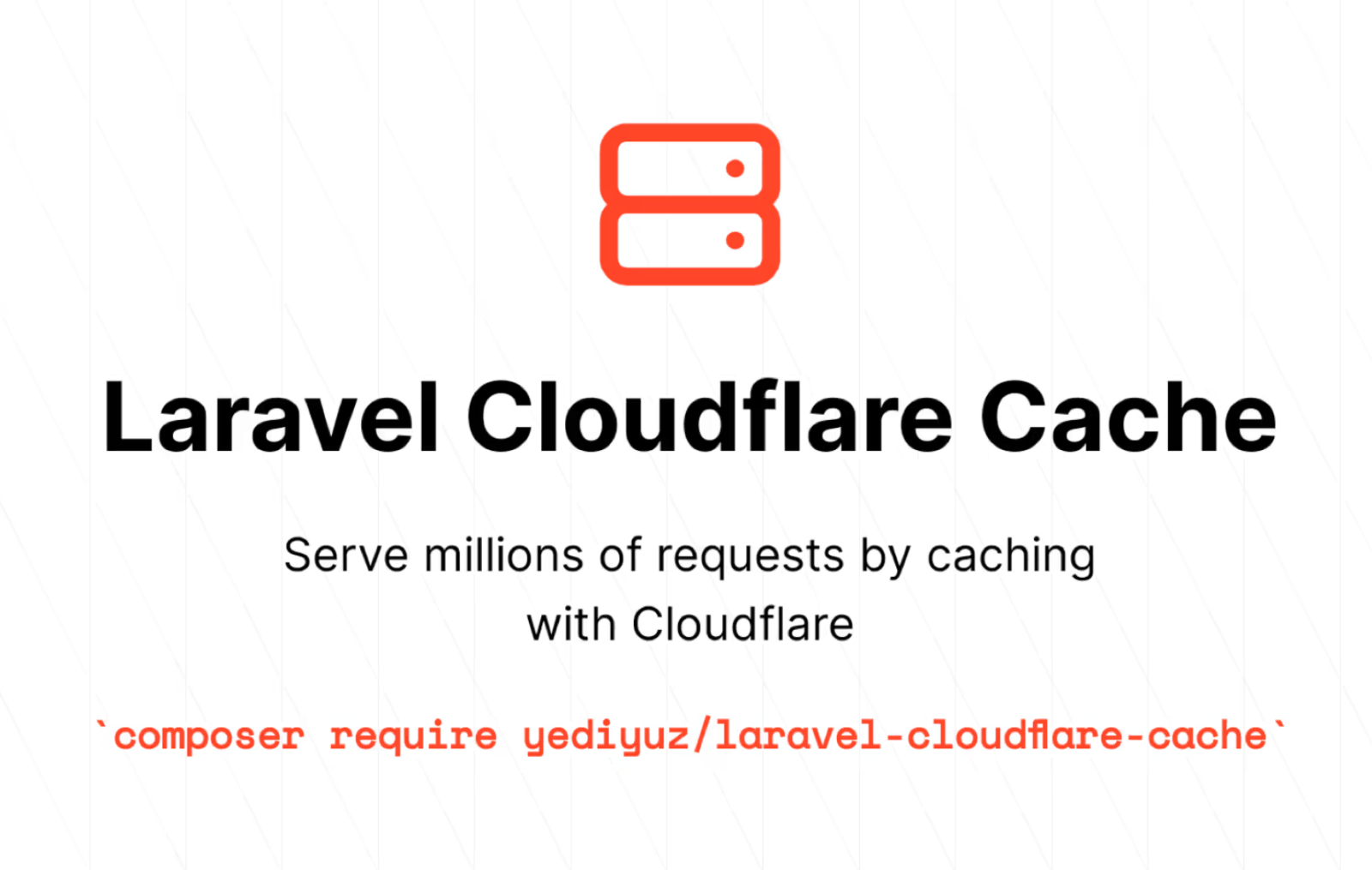
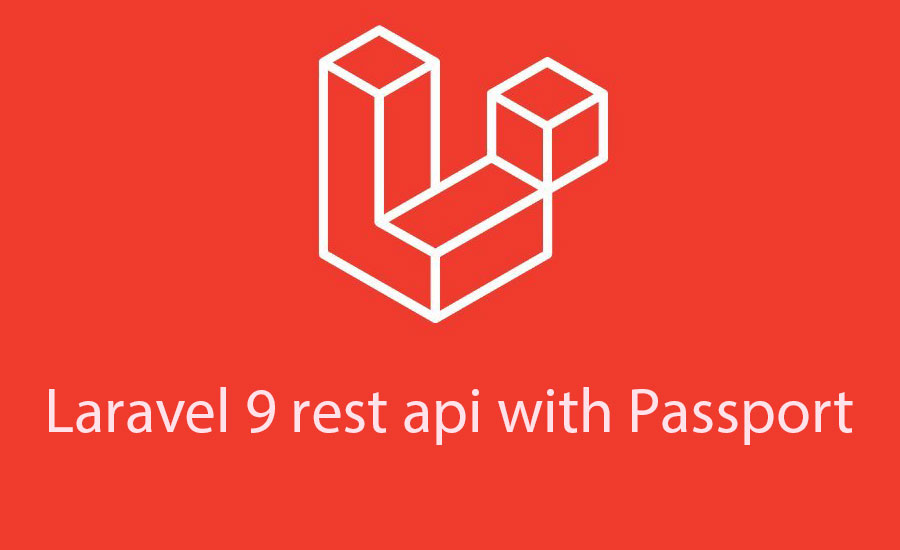

.jpg)
